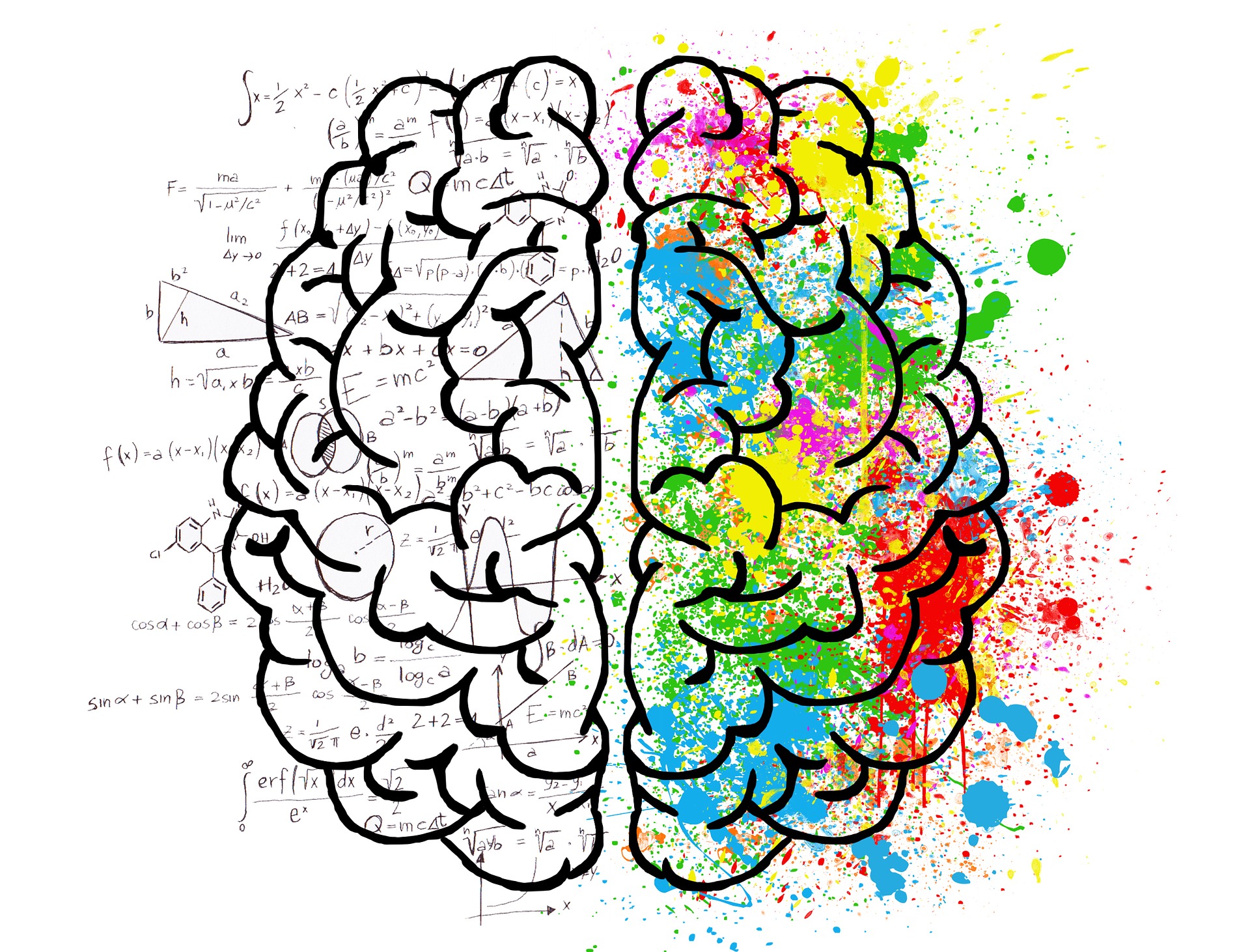Last week I went to a talk at the Fort Collins Internet Professionals Meetup about Behavioral UX. Many of the examples focused on changing user behavior in order to encourage consumers to purchase more stuff. But I noticed the principles could be applied in other ways as well. For example, to the custom software we build here at Radial.
If you haven’t heard of Behavioral UX, the speaker, Kevin Jeong of Bay Area-based AgencyUX, explained it by talking about analytical versus emotional approaches. He said UX Design is a left brain approach. In turn, behavioral UX is the emotional side of design.
It’s goal? To nudge users to take an action. Preferably this action is desired by the company or site they are currently using. The technique borrows from the field of behavioral economics. It is already in widespread use by big companies like Amazon, Udemy, Zappos, etc.
As as user, you’ve experienced Behavioral UX if you’ve ever felt mildly alarmed that there are only “3 items left” of the knee-high black riding boots you’ve been browsing.
Or if you’ve noticed that people who bought white bicycle handlebar tape also picked up white brake cables and a bike saddle as well. And then thought, maybe I should get those too. I mean, you’re already paying for shipping, right? In this case, these small cues are aimed at nudging you, the user, to purchase products.

Developers Can Use Behavioral UX to Improve Software, Even If It’s Not About Making Sales
In the case of developers creating custom software I think these cues can be used to nudge behavior in other ways.
What if your product, a meal planning app, wants to encourage people to plan their meal, eat healthy food, and cook more at home? A behavioral UX approach from that app might include promoting blogs about healthy living. That helps users gain the skills to use the app more effectively. Ultimately, they are more satisfied and use the product more. Maybe that leads to more word of mouth about the product.
During the Q&A after last week’s presentation Kevin noted that a lot of behavioral UX is focused on trial and error. There’s not a cut and dry process for figuring out how to nudge users.
Even though there’s not a clear cut solution to shifting user behavior, I still think taking time to plan and design software with an eye to this approach will make your product better. Just as user experience design was once overlooked but is now a routine part of application development, behavioral UX seems as it will also follow this path.
